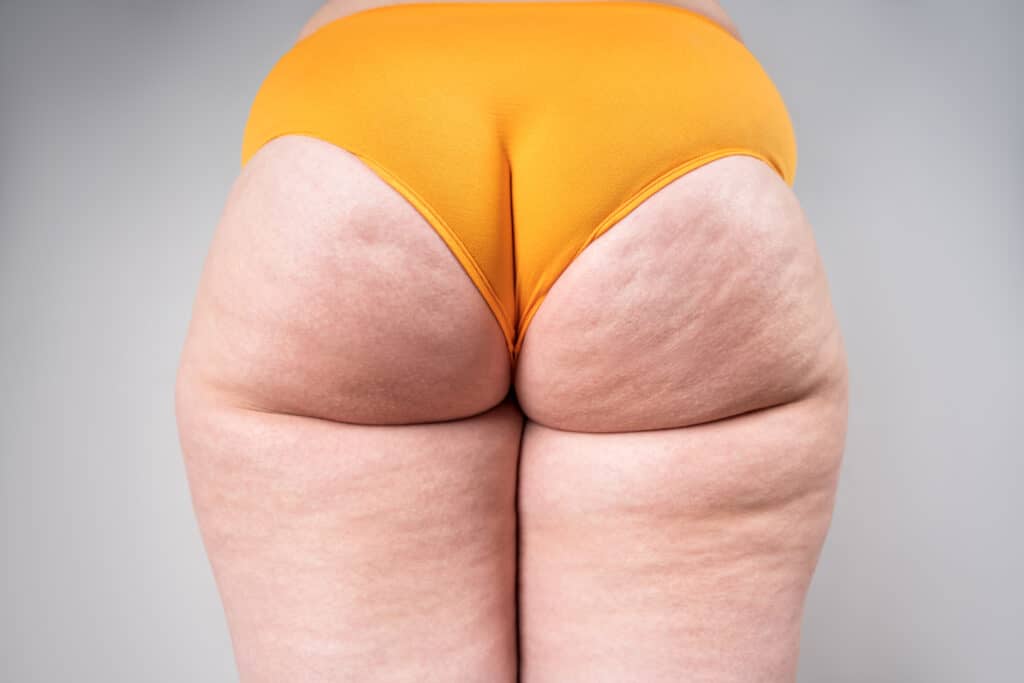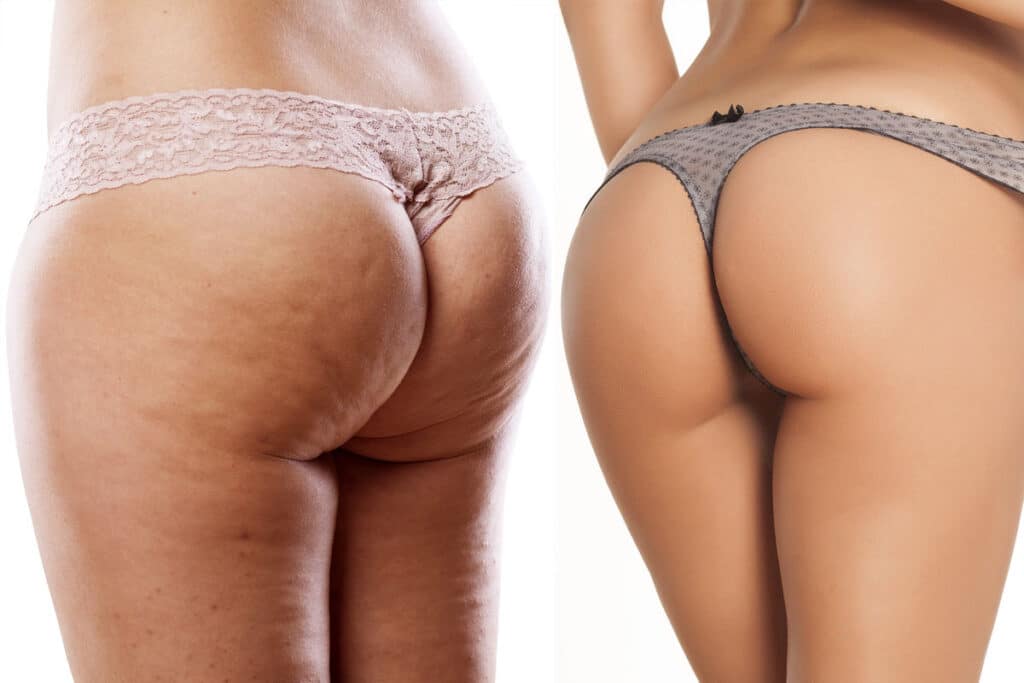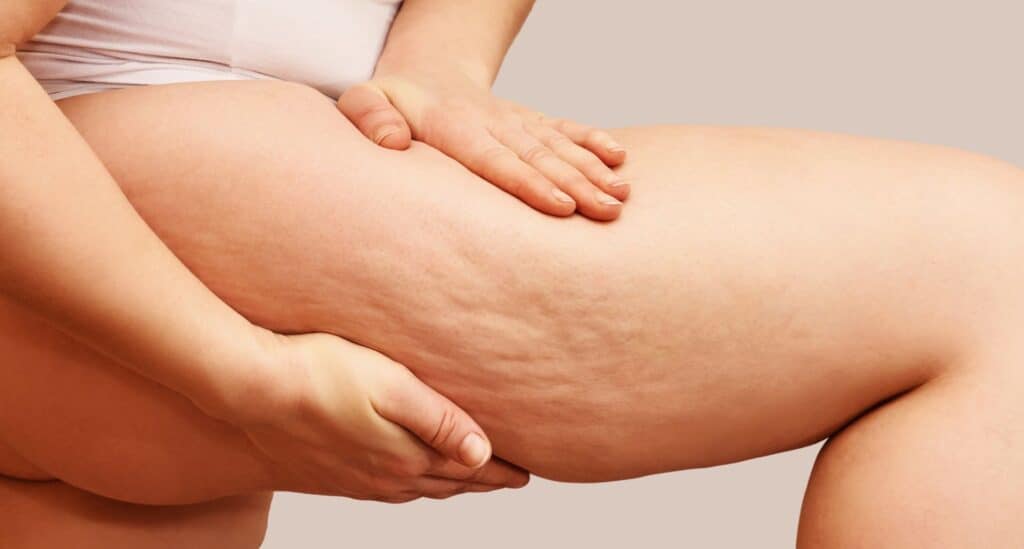Key Takeaways
- Following liposuction, your body will go through changes in temperature while it recuperates. These variations are usually due to changes related to anesthesia, inflammation, fluid shifts, and metabolic changes.
- Learning to interpret these changes in temperature is very important to your recovery, as they are a key sign of how your body is healing and adjusting.
- Frequent temperature checks will help catch any complications as soon as possible, helping her have a simpler recovery experience.
- Drinking plenty of fluids, applying cold compresses correctly, and wearing loose-fitting clothes can go a long way in regulating body temperature.
- Staying alert and properly informing one’s surgeon about any changes in body temperature can be crucial for fast recovery as well.
- Eating a nutritious diet and getting enough sleep lets your body focus on the healing process, including regulating your temperature and helping you feel your best.
When liposuction changes your body, it often reshapes much more. After the procedure, you may experience changes in how your body feels hot or cold. Every individual and body reacts to surgery in a unique way, but temperature changes are a frequent occurrence.
By being attentive to these changes, you can maintain comfort and health during your recovery. From my own practice, I’ve found that being warm with layers or something warm to drink is beneficial. Monitoring your temperature on a regular basis provides reassurance.
Here’s how to make that transition as easy as possible.
Understanding Post-Liposuction Temperature Changes
After liposuction, the human body starts making some pretty big changes, but one of the most interesting is the change in body temperature. Once the procedure takes place, your body can respond by increasing its temperature. This response occurs due to the physical intervention used. This is akin to how our body responds when we get a fever, because it’s trying to heal itself.
As the body undergoes these changes, it still needs to keep its body temperature homeostasis, though this equilibrium may be shifted temporarily.
What Causes Temperature Changes
Perhaps the most important factor that influences this change is the anesthesia used in the surgery. Anesthesia will also alter your body’s ability to thermoregulate. This frequently leads to a lowering of their body temperature immediately following the procedure.
This is due to the inflammation that happens as an expected outcome of our body’s healing response, which can lead to increased temperature. As the tissues begin to heal and regrow, your body’s immune response kicks in. In doing so, the liposuctioned areas may become warm or swollen.
In addition, there is a major influence of fluid shifts and swelling. Because liposuction involves removing fat deposits, your body’s fluids will redistribute and adapt. This change can also have acute effects on the regulation of body temperature, because homeostasis is suddenly thrown off balance.
How Long Temperature Changes Last
Generally, these temperature fluctuations are short-lived. For the average person, they can expect extreme temperature changes for about 3 days to a week after the procedure. Yet the time frame is not set in stone, depending on individual wellness considerations, including level of health and the patient’s age.
Those who do may find these changes persist for a greater duration should any underlying health concerns be present. It’s helpful to keep an eye out for these changes, as they can help indicate the state of recovery.
Why Monitoring is Important
Keeping track of body temperature quickly becomes an important aspect of postoperative care. Frequent monitoring allows the patient to notice any abnormal fluctuations that could indicate a complication.
Regular temperature monitoring, often with a simple thermometer, can alert to potential infections or other issues early on, allowing for prompt medical attention if needed. Regularly monitoring with these checkpoints helps promote the most entrepreneurial recovery possible and makes sure that the body is healing the way it should.
Physiological Changes After Liposuction
Liposuction is a massive cosmetic surgery procedure that brings about many physiological changes, including thermoregulation. When undergoing this lipo procedure, our body reacts by trying to compensate, altering its internal workings. Imagine it like a domino effect, where the initial surgical trauma from the liposuction procedure triggers a cascade of physiological changes. The most profound impact will be the change in body temperature, which is normal as you heal and progress along your recovery journey.
1. Inflammation and Healing Process
After surgery, inflammation on the part of the body is typically the first response of the body. While many people find this swelling concerning, it is actually a sign that the body is preparing to heal. You may run hotter than normal, since inflammation can cause a higher-than-normal body temperature.
The three stages of healing are inflammation, tissue regeneration, and remodeling. It’s during these phases that temperature fluctuations can be most prevalent. To help combat this, it is incredibly important to hydrate, consume foods high in anti-inflammatory properties and get plenty of rest. These measures will improve inflammation and promote postoperative healing.
2. Fluid Shifts in the Body
After liposuction, there will be changes in fluid distribution throughout the body. This can have big implications as it relates to how your body is able to regulate temperature. Swelling is the body’s normal response to injury, and it affects how we regulate temperature.
To help combat this, make sure to wear compression garments and stay on top of low-impact movement to promote circulation and help balance fluids. This allows the body to recalibrate and keep a proper temperature.
3. Impact on Metabolism
Liposuction has a considerable effect on metabolic processes, including the body’s utilization and storage of energy. After surgery, the interaction between metabolism and energy expenditure is readily visible.
Light physical exertion, such as short bouts of walking, is recommended to support favorable metabolic health and facilitate thermoregulation. This light exercise promotes an important balance in how the body uses energy, supporting the healing process.
4. Immune System Response
The immune system goes into overdrive after surgery. This response is powerful enough to cause significant physiological changes, as the body attempts to protect and heal itself. A healthy immune response is imperative for proper healing and recovery.
Monitoring for symptoms such as abnormal lethargy or fever lasting more than 24 hours can help reassure that nothing is out of the ordinary. Maintaining a healthy immune system through proper nutrition and adequate sleep lays the foundation for a successful healing process.
Managing Body Temperature Post-Liposuction
Daily Practices
Keeping your body temperature stable after the liposuction procedure involves a few mindful daily habits.
- Check your body temperature at set times each day.
- Keep a record of your blood pressure for any medical follow-up.
- Stay hydrated and opt for warm drinks.
- Avoid caffeine and alcohol to prevent dehydration.
- Wear loose, breathable clothing.
- Make environmental changes to keep yourself comfortable, whether that means cooling a room down or using a blanket.
1. Monitor Temperature Regularly
It’s good practice to establish a daily routine for taking your temperature, like first thing in the morning and before bed.
A baseline post-liposuction temperature should range from 97°F and 99°F at most. Keeping a log of these temperatures helps inform conversations with your provider if something doesn’t feel right.
2. Stay Hydrated
Hydration is crucial to maintaining your body temperature and healing process.
Warm teas or broths can provide comfort and help keep fluids replenished.
So, it’s smart to avoid caffeinated or alcoholic beverages, since they can also cause dehydration.
3. Use Cold Compresses Appropriately
Cold compresses can help reduce swelling and relieve heat sensations.
If using cold packs, be sure to wrap them in a towel to prevent skin damage.
Try to limit the application to no more than 15-20 minutes at a time, letting the skin recover in between sessions.
4. Wear Comfortable Clothing
Wearing loose, breathable clothing allows for more airflow, which helps keep you cool and prevents overheating.
Natural fabrics such as cotton work wonders for this.
Avoid constrictive garments that can restrict blood flow and increase thermoregulation.
5. Follow Medical Advice
Visiting a certified, trained liposuction doctor and following their pre and post-op instructions is key.
Keep the lines of communication open with your medical team with any concerns regarding acute or chronic temperature changes.
There are medications that are often prescribed to help manage these fluctuations and they can be effective.

Potential Complications of Temperature Changes
Temperature changes post-liposuction procedure may present unforeseen complications. The body, in the process of adapting to changes from the cosmetic surgery procedure, is also sensitive to temperature fluctuations that can be indicators of serious complications. Understanding these can be the key to a successful liposuction recovery.
Identifying Signs of Infection
After undergoing liposuction, the risk of infection should be taken into consideration. Monitor your body for signs such as fever, chills, and reddening around the incision. These can be some of the first signs of infection.
It is very important to report a fever, particularly if it is high or lasts a long while. An increase in body temperature could be an indicator that the body’s immunity is in full swing.
Or swelling, which often reaches its maximum by the third day, may obscure signs of infection. As your body continues to break down the fluids and fat, the texture of the swelling changes. This change serves as an important reminder to not let our guard down.
Recognizing Heat-Related Issues
Finding ways to mitigate overheating and excessive sweating are key. Even the slightest warmth post-surgery can aggravate these problems. Maintaining a cool recovery area is very beneficial.
Symptoms of heat exhaustion, including dizziness and profuse sweating, require immediate action. Keeping well hydrated and spending time in cooler environments reduces the risk.
Understanding Hypothermia Risks
Hypothermia, an often-overlooked danger, is a risk as well because of anesthetic and recovery environment. Signs such as shivering and confusion are not to be dismissed.
Warming the infiltration fluid to body temperature of 98.6° Fahrenheit further speeds the recovery process and minimizes the risk of hypothermia. Prevent cold exposure, since hypothermia can increase the risk of delayed wound healing and higher rates of cardiac events.
Making sure your pet goes home to a warm, comfy environment after surgery is important.
Tips for Safe Recovery
Immediately following the liposuction procedure, your body deserves a little extra attention to support healing and ensure a smooth recovery process.
- Try to drink 8-10 glasses of water each day to help flush your system and stay hydrated to help recover faster. These go a long way in minimizing swelling and supporting your skin in the first 4-6 weeks after surgery.
- Stay away from heavy lifting and high-intensity activity for a minimum of two weeks to allow your body to recover. Take Tylenol as needed, but do not take more than 4,000 mg in a 24-hour period.
- Monitor your emotional state and practice self-care.
Maintain a Balanced Diet
Good nutrition is key to recovery. Resting inflammation-fighting foods such as leafy greens and berries will also aid in healing by reducing swelling and regulating body temperature.
Regular intake of broths and other hydrating, nutrient-rich liquids aid your body’s healing processes.
Ensure Adequate Rest
Getting your zzz’s is as important as ever. It supports your body’s repair processes and regulates your body temperature.
Provide a conducive sleeping environment by using dark lights and maintaining a quiet sleeping space. Since stress can also impede healing, try out stress-reducing practices such as deep breathing exercises or restorative yoga.
Schedule Follow-Up Appointments
Follow-up visits are especially important. They keep you on track with your recovery progress and identify any temperature-related issues.
Your healthcare provider is your greatest asset in steering your recovery, so don’t miss those follow-up appointments.
Conclusion
Post-liposuction recovery is a wild ride, and your body temperature may be doing the rollercoaster right along with you. Being prepared for and knowing how to manage these adjustments is a game changer. Staying hydrated, getting plenty of rest, and monitoring your temperature are all key to staying on track with your recovery from liposuction surgery. Your body has been through trauma and needs time to heal. Keeping these tips for coping with post-liposuction body temperature fluctuations in mind will help make your recovery safer and more comfortable. Never hesitate to contact your healthcare provider if something doesn’t seem right. They are literally your best resource. By understanding the possible changes to your body temperature and taking proper care, you can focus on your recovery with complete confidence. These are just the basics. Follow these guidelines, continue to rely on your support network, and get excited about enjoying your best self.
Frequently Asked Questions
Why does body temperature change after liposuction?
Because the liposuction procedure causes trauma and subsequent inflammation, changes in body temperature after surgery can be expected. This natural response occurs as the body repairs itself, meaning a slight fever can be a normal part of recovery.
How long do temperature changes last post-liposuction?
These temperature changes after the liposuction procedure should resolve within a few days to a week, as it’s all part of the healing process. If a fever continues past this or is extremely high, contact your surgeon.
What are the signs of infection post-liposuction?
Monitor for redness, swelling, and increasing pain after your liposuction procedure. A fever greater than 101°F is another red flag. If any of these occur, please call your healthcare provider right away.
How can I manage my body temperature after liposuction?
Stay hydrated and get some rest to aid your recovery journey after the liposuction procedure. Don’t take hot showers or baths, as they can affect your recovery outcomes. Wearing light clothing is another solution to support healing.
Are temperature changes after liposuction dangerous?
Mild changes are expected after a liposuction procedure, but severe or persistent fever may suggest a serious complication. Always follow up with your own cosmetic surgeon if you are ever worried.
What should I do if my temperature is too high after surgery?
If you develop a temperature over 101°F after your liposuction procedure, please call your physician. This may be a sign of an infection or other serious complications that may need more focused medical treatment.
Can medication help with post-liposuction temperature changes?
Indeed, antipyretics such as acetaminophen are safe and effective for the recovery phase after liposuction procedures. As a final note, always speak with your surgeon before using any medicine after surgery.











